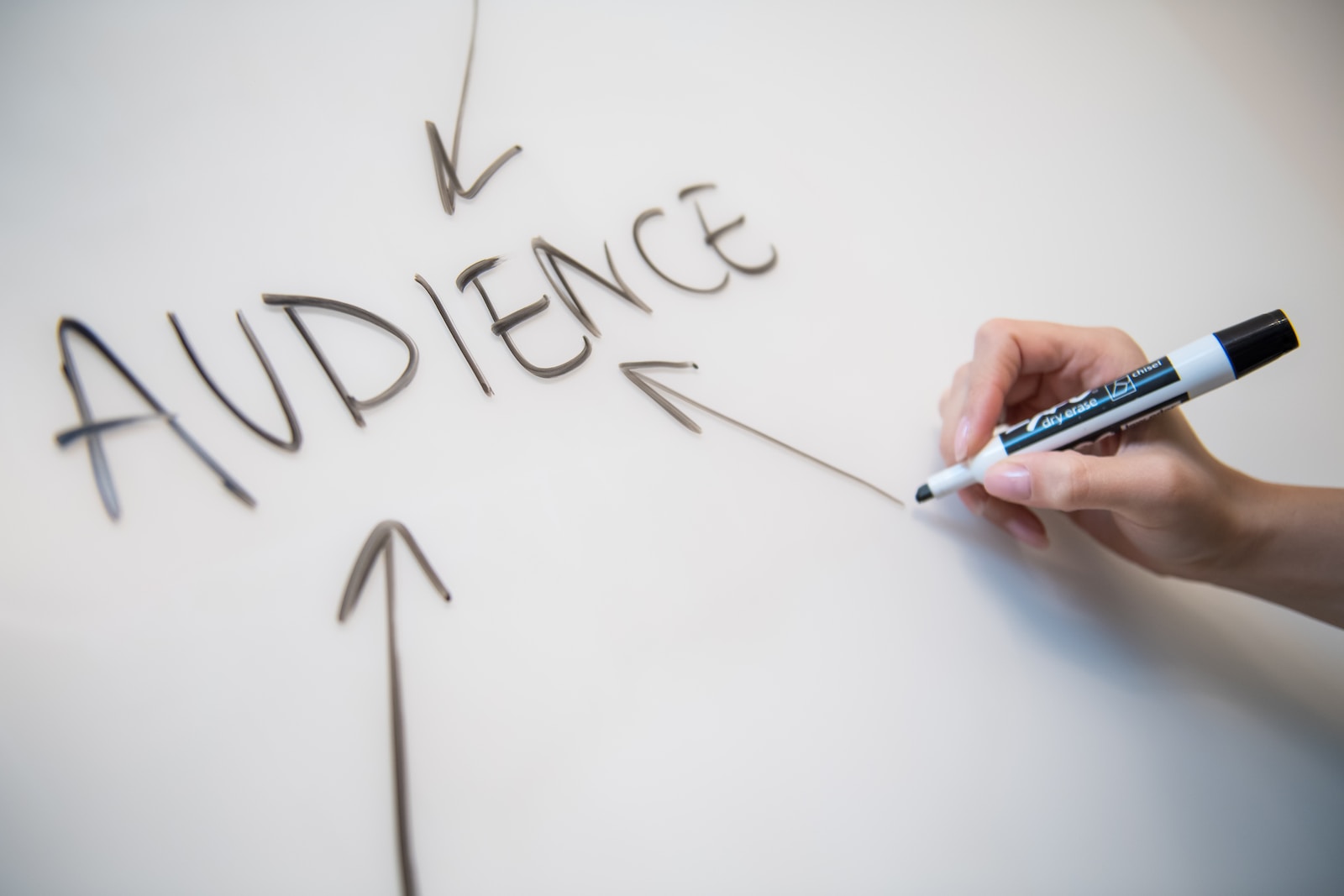A popular topic of debate amongst marketers is whether B2C or B2B marketing is trickier.
Unsurprisingly, according to a 2022 LinkedIn/YouGov survey, 56% of B2B marketers believe B2B marketing is more challenging than B2C. And there are, in fact, many unique considerations when addressing a professional buyer. We are competing for time and attention in a world where, every day, everyone has more to do in less time. We are seeing CMOs and decision-makers face mounting pressure to prioritise, as marketing budgets are slashed.
Given today’s recessionary landscape, how can we create effective B2B marketing campaigns? When we harness the power of creativity, authenticity, and emotion to address these financial challenges head on, I believe marketing can be both successful and critical to navigating uncertainty.
With that in mind, here are five ways to fine-tune your marketing strategy and ensure your B2B storytelling leads to conversions:
1) Amplify your recession-busting credentials
During an economic downturn clients will want to know exactly when they will see ROI from any investment in your products.
Justify why it is worth spending on your product or service in a recession by demonstrating how it brings your customers value, solves a problem, or drives efficiency. Amplify your recession-busting success stories everywhere you can – from conference speeches to social media posts.
In the dark times, providing an excellent service and helping clients improve their operations will deepen your bond with them. A downturn is a wonderful opportunity to prove your product portfolio’s worth.
2) Be social, visual, and emotional
YouTube, Instagram, TikTok should be part of your channel mix. Business people have email fatigue. They are ready for B2B marketing videos and memes to appear on these channels now, so long as the messaging is pitched correctly, and the content is relevant to your product and particular industry.
The B2B customer journey and buying experience is moving closer and closer to that of the B2C experience. People like to see other people’s success stories. They want recommendations and to learn from other human beings. They will respond to empathetic communications. With the cost-of-living crisis raging and impacting business overheads, things like cost-saving tips, presented in podcasts, are proving popular.
Never forget that B2B buyers are human. Their buyer journey is as much about their personal experience through that process, as it is about the product offering. With 65% of B2B buyers aged between 18 and 40 today, according to the American Marketing Association , this new cohort of decision-makers are the digital generation who like to manage the buyer journey on their own terms. Marketers should consider the experiential elements that make a great B2C buying experience and see if they can apply them to their own buyer journey.
3) Beef up your storytelling with performance data
Focus on the meaty, data rich case studies and customer testimonials that show how your product, solution, or service helps solve problems, save money, or advance environmental, social, and governance (ESG) goals.
Avery Dennison has helped clothing industry companies implement digital care label technology to advance their sustainability goals and get ready for upcoming traceability regulations. We’ve created case studies to show how our unique technology is transforming the industry and can be proactively deployed by B2B buyers in order to highlight how we’re assisting customers proactively with these impending changes. Videos bring these case studies to life in a captivating and memorable way.
Your existing B2B customer data can be enhanced with AI to provide deeper customer insights. These may be used to estimate client lifetime value, provide product suggestions, analyse churn, and identify preferred communication channels. With AI and data analytics, you can master the art of segmentation and Account-Based Marketing (ABM), which enables you to focus on specific profiles for targeted actions and increase incremental marketing effectiveness.
4) Cut the corporate speak
Robots are big news in business. But robotic language has no place in marketing communications. We need to avoid corporate speak in our B2B content at all costs. We need to sound genuine.
One recent survey indicated that nearly half (48%) of B2B buying decision-makers thought B2B advertising was dull. What is required is for B2Bs to engage clients creatively by developing memorable experiences that are beyond standard advertising. Think about offering customers experiences, and providing them with genuine value. Work on creating a brand personality that connects with and represents your target market. To engage customers and stand out from the competition, use creativity and emotion.
5) Share your sustainability, community, and collaboration stories
Climate change, geopolitical conflict, a recession, and a pandemic are all part of the historical context in which we live. In this difficult moment, there are many reasons for commercial organisations to work together and come up with solutions. Now is a wonderful time to support business campaigns, promote teamwork, and get engaged in local initiatives. Since they connect on a human, emotional level, the stories that result from these encounters are powerful and shareable.
Avoid ‘greenwashing’ by making sure your sustainability accomplishments are validated with data. While anyone can say they are focused on sustainability, it is much more persuasive to demonstrate it, for example, by demonstrating that your carbon reduction has been approved by the Science Based Targets initiative (SBTi).
For me, this all comes down to utilising creativity, being honest, and sharing real-life experiences with your audiences. Since we are really in the ‘humans to humans’ marketing field, as a friend of mine would have it, we must throw off the corporate cloak.
Economic instability is here for a while, but putting the brakes on B2B brand-building now is short-sighted. So don’t play it safe. Seize the opportunity, and get ahead of the game.


 Whether you want to learn how to use LinkedIn, X or Facebook for marketing, or need to brush up on business skills like leadership, presentation skills or managing meetings, you will find something to enhance your professional skills with these on-demand courses.
Whether you want to learn how to use LinkedIn, X or Facebook for marketing, or need to brush up on business skills like leadership, presentation skills or managing meetings, you will find something to enhance your professional skills with these on-demand courses.